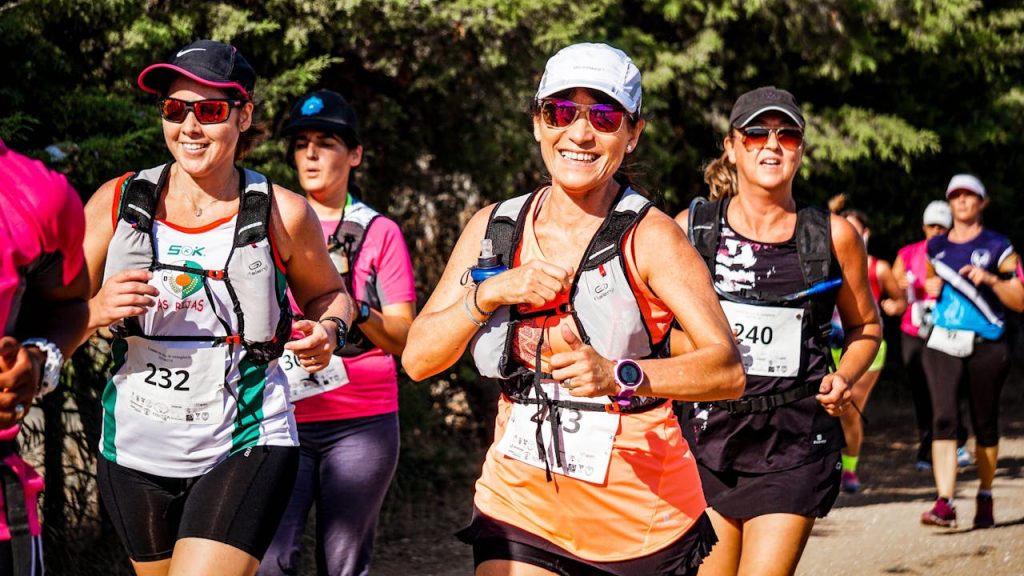
After every marathon, the majority of runners will always complain about the same body pains. Whether it’s fatigue or foot injury, the common reason would always be poor planning and failure to recover from the excruciating race that runners went through.
If you play your cards right before and after the marathon, chances are there will be a reduced risk of getting injuries.
Stick with GulfPhysio physiotherapist Kieran Sheridan’s guide that will help you face a painless and seamless race.
How long is a marathon?

A long-distance race is usually about 26 miles. Some of the top marathons around the world are in Portugal, France, Germany, and Boston, Massachusetts.
The world’s largest marathons are in New York and London, recording 47,700 and 48,000 finishers, respectively annually. It’s difficult to enter these big races so runners would have to train and qualify first before joining the marathon.
What is a good time for a marathon?
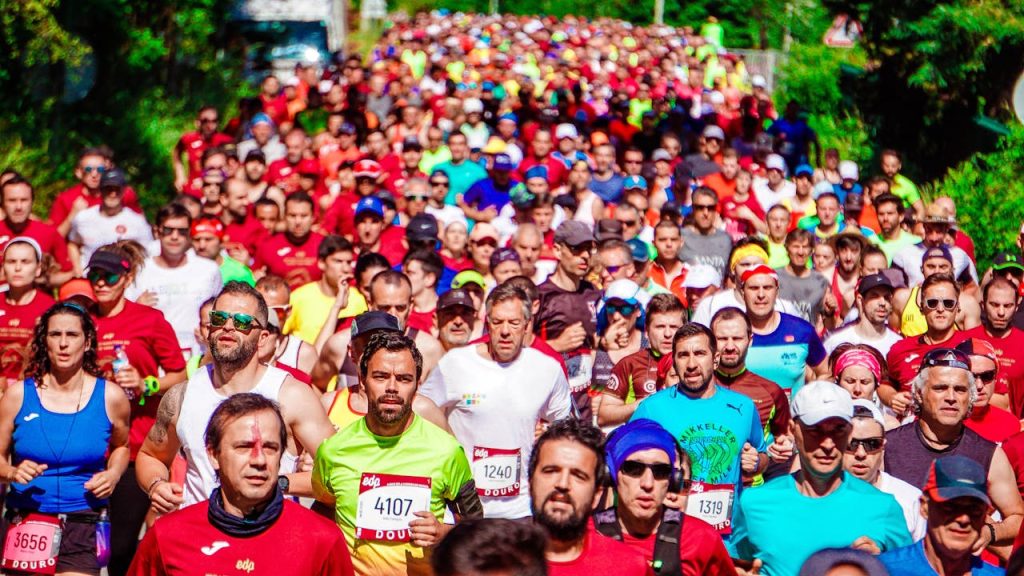
A marathon usually takes about three to four hours. The global average is 4 hours and 21 minutes, with men recording an average time of 4 hours and 13 minutes and women with 4 hours and 42 minutes.
To determine the best time for marathons, you can try and look into the finishing times of the long-distance race that you wish to enter.
It’s always a good idea to enter marathons because it could provide several benefits to boost heart and bone health. Being a high-impact exercise, running a long-distance race can be beneficial for lowering blood pressure and cholesterol.
It can also lower the risk of arthritis and osteoporosis, especially when the runner is already aged.
Marathons can also help you set goals and improve productivity. Training and motivation can help you be more productive not only in the race but also in other life goals.
Like any other exercise, marathons are a good mood booster. The long-distance race can reduce stress, improve mood levels, and boost mental wellness. It promotes the feeling of “runner’s high” which means it promotes the release of endorphins or the good hormones of the body.
How can I prepare for a marathon?

Before joining a marathon, there are some basic things you need to know. Sheridan advised to know one’s limits to join the race.
“Ensure to consult your doctor or physiotherapist before joining a long-distance race. It can be exhausting to participate in a race that could take a toll on your body,” said Sheridan.
Another tip is to start small. Before joining a 5k race, maybe consider running in a 2k to 3k marathon race that will let you know how to practice and when you can start a longer race.
Sheridan also advised doing a base mileage. This means you will learn how to gradually run comfortably by forming a weekly mileage, running about three to five times weekly.
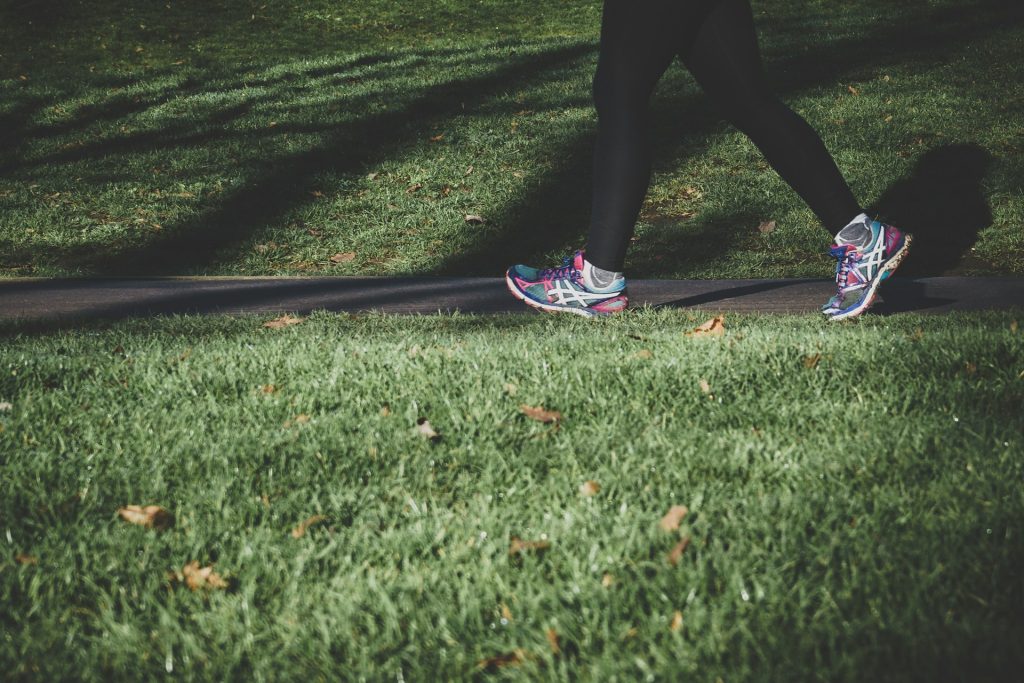
Next, do a long run every seven to 20 days to allow the body to adjust accordingly to long distances.
Following this, do practice intervals and tempo runs to raise cardio ability. Also, don’t forget to rest and recover from the exhausting training that can affect your mental and physical health.
Sheridan also advised monitoring health and energy through an app to see any inconsistencies in your health.
“Check the heart rate variability, inconsistent sleep, regular colds, and loss of motivation,” said Sheridan.

In preparing for a marathon, it may be time to create healthier choices. For example, sleeping habits. It is advisable to sleep at least seven hours at night.
“Avoid using your phone 60 minutes before bed to allow better sleeping time and consistent wake time,” said Sheridan.
Then, make sure to hydrate and get enough fluids because marathons will cause you to sweat a lot. The ideal amount of water per day is about 8 to 15 cups per day, Sheridan said.

For nutrition, ensure you are getting enough carbs by filling up with complex carbohydrates such as pasta. Rice, bread, and vegetables to ensure enough energy during training and before the marathon.
Sheridan, however, warned against eating a heavy meal the night before and the breakfast before the marathon. This could overwhelm your body and you may also feel very bloated, making it difficult to move.
“The same goes for drinking too much water. It could also cause headaches and can make you dizzy. It will become a problem in your performance for the race,” said Sheridan.
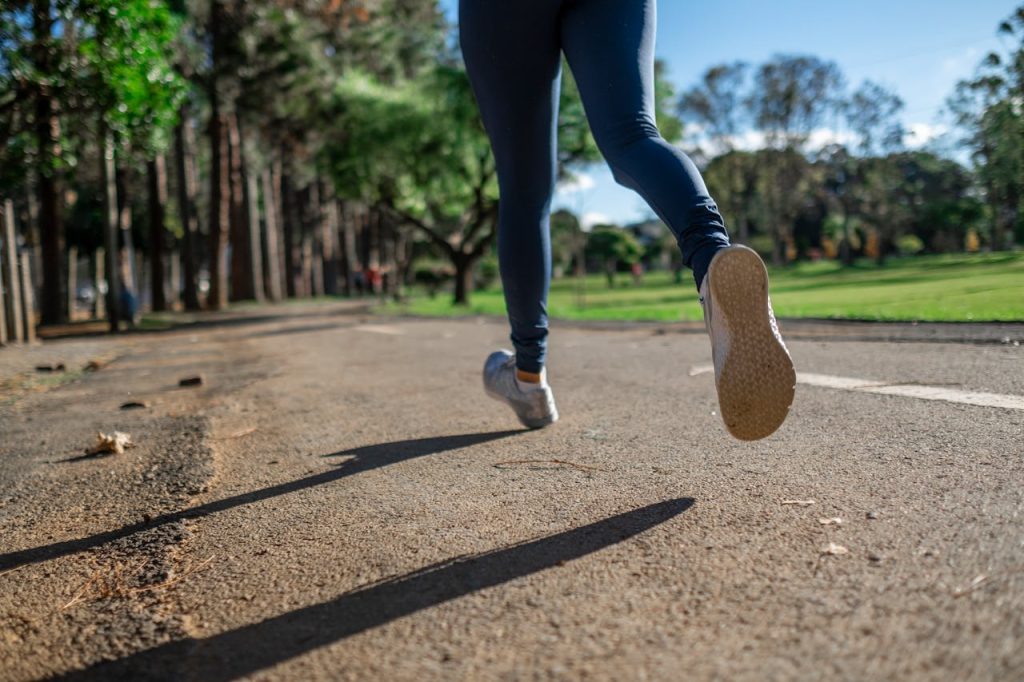
Ill-fitting shoes won’t do when you enter a marathon. Sheridan advised checking the shoes you wear and making sure that the shoes are not uncomfortable to wear and not damaged before entering the race.
“There are hazards in wearing improper footwear. You could get blisters or injuries. You also face the risk of shin splints and muscle strains,” Sheridan explained.
Don’t forget to gear up and look for the proper clothes that will provide the utmost performance during your marathon and training.
“Shop for runner-friendly clothes such as those made of nylon, polyester, or bamboo. These clothes will also absorb sweat, which will keep skin dry and avoid chafing,” said Sheridan.
Lastly, warm-up exercises are very helpful in preparing the body for the big race. This also comes before stretching before a marathon. One way is to walk around or do a light job and run every five to ten minutes daily.
If you’d like to discover more training guides, you can also check the Marathon Handbook and the National Library of Medicine.
Should I stretch before running a marathon?
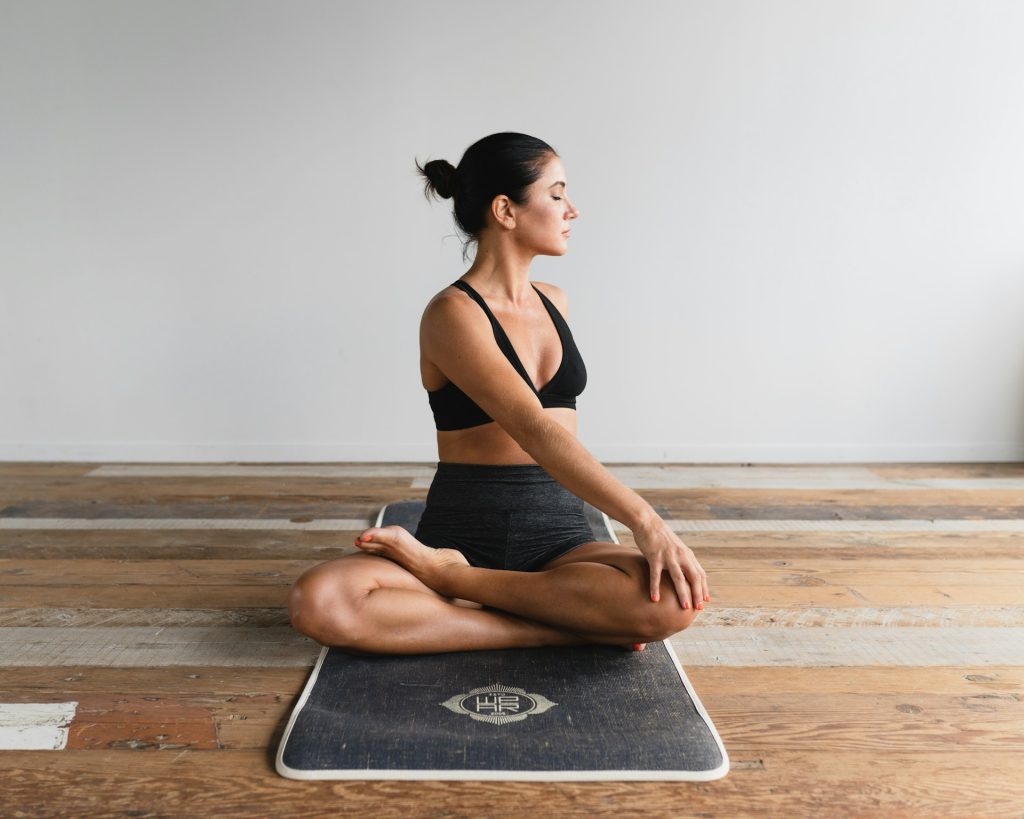
Stretching before an intense workout of continuous running is highly necessary. It can work in the long term, allow flexibility, prevent injuries, help with blood circulation, and work muscles.
Sheridan advised some stretching exercises to ensure the body is prepared for any straining physical activity.
Here are some stretches one can do before the big race and during training:
Stretching calf muscles
To do this, Sheridan advised standing with the right foot behind the left. Afterwards, bend the left leg forward while keeping the right leg straight. Ensure that you don’t bend the right knee and keep the right foot firmly on the ground while pointing straight.
Straighten the back and hold the pose for at least half a minute. Repeat this with the other leg. If you need to balance, put your hands on the wall for support.
Psoas stretch
First, kneel with the right leg in front while the knees should both be at a 90-degree angle. Squeeze the glutes, tilt the pelvis under, and move your hips forward until you feel a stretch. Make sure to avoid experiencing pain and make sure you just feel a slight discomfort. Next, raise the left arm over the head, slowly stretching to your right. As you stretch to the right, open the torso to the left.
Stretching the piriformis and glutes
First, lie on the back with knees bent and the feet should be on the ground. Next, cross the right ankle over the left knee, grab behind the left knee and bring your leg towards the chest. Lastly, hold this position for at least 30 seconds and then do it on the opposite side.
How can I recover from a marathon?

After the body has experienced too much work, it should rest and get replenished.
Yale Medicine advised hydrating the body over the next several days to revive energy. Aside from this, there should be a healthy mix of carbohydrates, fruits, and vegetables to help repair muscles and replenish the body with necessary nutrients.
Next, refrain from running about days after the race to ensure the body is not shocked and surprised by the sudden high-impact exercise after a tedious marathon. Then, try slowly getting into running again until the body has recovered. Avoid getting into a new exercise because it may also cause injuries.
Take extra sleep too to ensure the body isn’t tired to revive muscles after days of training for the marathon.

Sheridan advised to avoid washing the body in hot water after the race.
“Use lukewarm water or cold water when showering. Hot water can lead to swelling, inflammation, and pain,” said Sheridan.
It is also advisable to visit sports massage clinics to ensure that the body gets the benefits it needs to repair damaged muscles, said Sheridan.
For post-workout after the race, Sheridan advised walking, spinning, riding a bicycle, swimming and stretching about 30 to 45 minutes to allow proper blood circulation and help the body to recover.
Stretching over 25 to 20 minutes can also help every day a week after the marathon.
Sheridan advised the following stretches post-race:
Standing calf stretch
First, stand with the feet hip-width apart. Then, place the stretching leg behind, with the feet, knees, and hips moving forward. Next, lean forward while keeping both heels on the ground to feel the stretch in the calf.
Thigh/quadriceps stretch
Start with lying on the ground on your side. Afterwards, bend the bottom knee to keep your back flat on the ground. Then, reach and grab the ankle on the top of the leg and then pull it back behind you. After this, pull back the leg until you feel a stretch not pain in front of the thigh. Make sure you won’t extend through the back.
Hamstring stretch
Lie on your back with the leg straightened out. Then flex the foot towards you. Gently pull the leg until a stretch is felt in the back of the leg. Keep the opposite leg bent to support it.
What should I eat before, during, and after a marathon?

Before the marathon, make sure to increase the carbohydrate intake to have muscle glycogen. Sheridan advised getting carbohydrates with some protein and low-fat meals to perform correctly during the race. Don’t forget to hydrate before the race.
When avoiding foods, do not eat deep-fried meals, or food with saturated fats, and avoid dairy if one has digestion issues. Since these meals are harder to digest, you could perform unwillingly during the marathon.
Then, during the race, drink 150 to 250 ml of water at regular intervals to rebuild fluid loss. Drink small sips as you run.
After the race, Sheridan advised eating animal-based or soy protein food to receive amino acids that are good for post-exercise. For plant-based meals, make sure to consume brown rice with beans, which also contain amino acids.
One hour after the race, Sheridan recommends a carbohydrate-rich snack like bananas, an energy bar, peanut butter, and a sports drink.
What are some common marathon injuries?
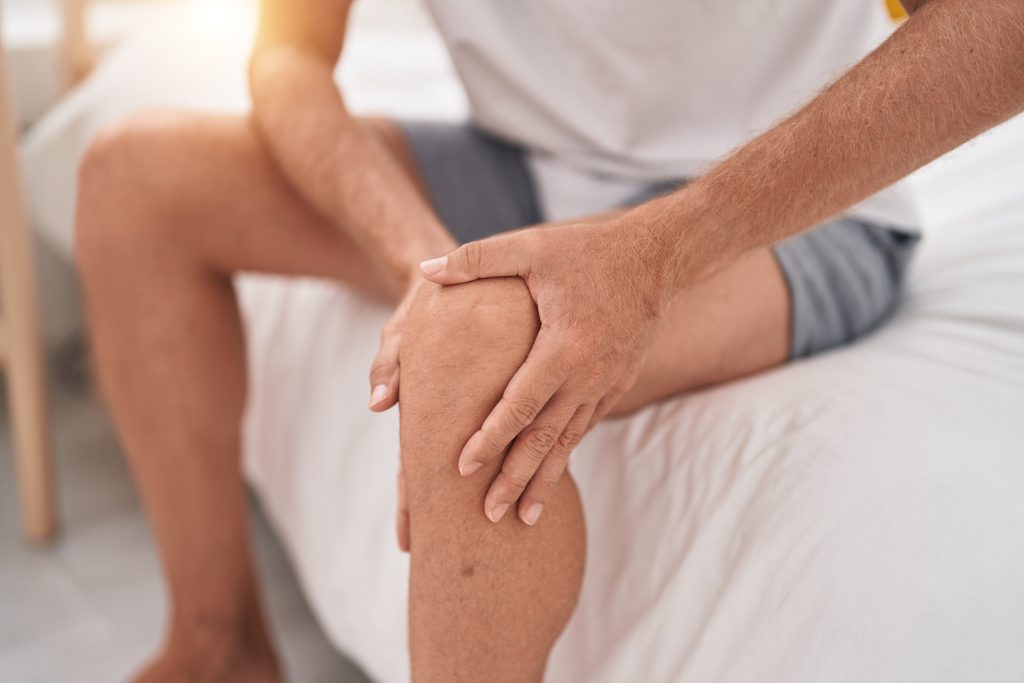
Some of the injuries that commonly plague runners during a marathon are overuse injuries including Achilles tendinopathy, shin splints, iliotibial band syndrome, and bone stress fractures.
An overuse injury is caused by repeated trauma without an event responsible for the injury. This means a runner can get their tissues overwhelmed due to pushing too hard and too fast.
How can I stay motivated during a marathon?
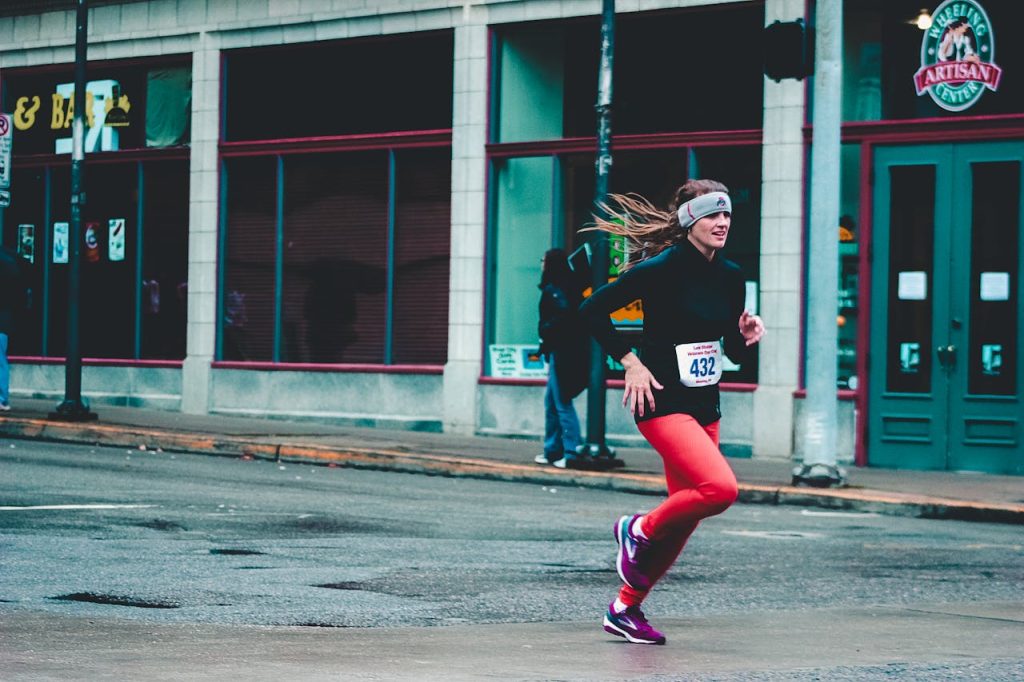
Despite the runner’s high, some people could join a marathon with some worries and could lose motivation possibly due to the pressure.
One way to avoid motivation loss is to remind yourself of the goals in creative ways. You can set the goal and remind yourself through cards or posters hanging on the dashboard of your car.
Another way is to create ways to eliminate the distractions to your goal. If you are struggling to train because of failure to wake up early, set an alarm. If you feel too cold or hot during a run, try investing in clothes that can help you perform better during training.
When training, have a buddy to keep you dedicated to your goal. Having a friend or a partner can keep you motivated or dedicate each mile to your friends and loved ones.
Finally, if you feel like you’ve failed on your goal, it’s best not to dwell on it. Ensure that you have time to improve on this specific goal.



